I'm back with the third part to my laser weapon series (see part one and two), and I'll be explaining the function, application, and potential of semiconductor lasers, aka laser diodes.
Surely, most of you have used a laser pointer at some point. Whether purchased at a dollar store, online or pet store, they're always fascinating and entertaining to play with. Even though laser diodes do not have the potential "pulse" power as a flashlamp laser, they do have many benefits. For example, where a high-powered flashlamp laser requires a high voltage source, capacitors, flashtubes, etc., laser diodes simply require a regulated current source and a heat sink. This means portability, control, hours of use on single battery charge, and a small size.
The Diode
There are several different types of semiconductor diodes. I'll only be covering the simplest concept, however you can read more about these types here. Basically, a simple diode has an "n" junction and a "p" junction. These junctions are "pumped" electrically and produce light. Here's a visual representation:
![]()
The light produced from the n-p junctions is then "refined" with the use of crystal, then emitted. Diodes can produce a spectrum of wavelengths, depending on their configuration and physical components. Here's a photo of a DVD burner diode:
![]()
The semiconductor inside:
![]()
Hard to believe that little chip has the power to light matches and melt through tape. Imagine a larger version! Sadly, there are drawbacks; primarily heat and current issues. However, there are ways around this, such as large heat sinks and large LiPo battery packs supplying large amounts of current into a voltage/current regulator, i.e. the driver.
The Driver
"Drivers" can range from as simple as a resistor, to as complex as a two story building in a power station. For lasers, these drivers primarily regulate current, since laser diodes are current hungry. Generally, this can be done with a simple semiconductor regulator such as LM317:
![]()
This semiconductor can be used to regulate a wide voltage/current by simply adding a resistor between the adjust and output.
Depending on what you're looking to accomplish with a laser, a diode-based device is generally the best way to go for some entertaining balloon-popping fun. In fact, it may be easier than you think to build one of these.
There is a very simple laser driver circuit consisting of just three parts, all available for under three dollars. The laser can put out about 150-200mW, easily enough to light matches and cut through tape. All you need is an LM317 voltage regulator, a 3- to 10-ohm resistor (depending on your diode), and a laser diode from a DVD burner. Here's a useful visual representation schematic:
![]()
Basically, voltage (ideal voltage) is connected to the regulator and ground, and the diode receives the regulated voltage/current, allowing it to operate smoothly at at maximum output. Here's a video tutorial!
Be sure to check out other articles in the electromagnetic weapons series, including Making EMPs, Directed Microwave Energy, and Making Coil Guns.
Warnings
- LASERS ARE VERY DANGEROUS. You should always wear eye protection OF THE RIGHT WAVELENGTH! This means if you are using a red laser, use RED GOGGLES, etc.
- If using a soldering iron, be careful! Soldering irons are hot.
- DON'T LET THE LASER OVERHEAT! The heat sink is there for a reason. Don't run the device without it.
- NEVER shine the laser at anything living/of value! It can do serious harm/damage!
Just updated your iPhone? You'll find new Apple Intelligence capabilities, sudoku puzzles, Camera Control enhancements, volume control limits, layered Voice Memo recordings, and other useful features. Find out what's new and changed on your iPhone with the iOS 18.2 update.



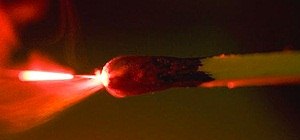
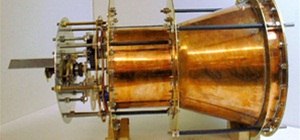
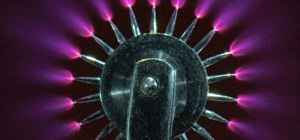

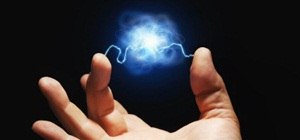
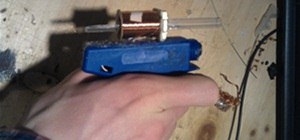

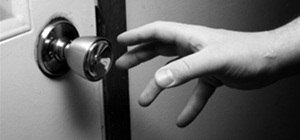

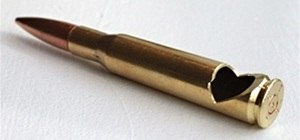
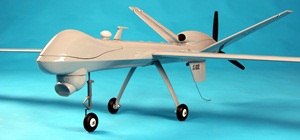
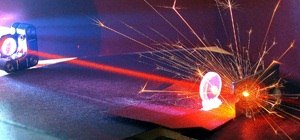
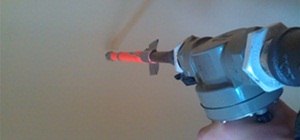
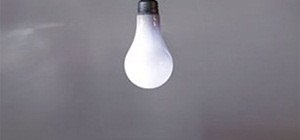
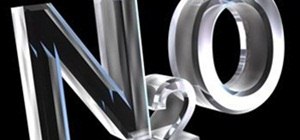

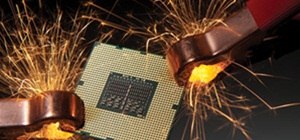
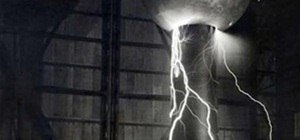




3 Comments
Very cool. In the video, he uses an AixiZ module. Is there a way build what he did without it?
Not easily. You'd need a lathe, aluminium, lenses and measuring equipment. At least, to do it properly. Ive just held a magnifying glass in front of the diode to test it...just not for vary long, otherwise the diode will burn up.
Hmm... guess the module's the way to go then. Thanks.
Share Your Thoughts